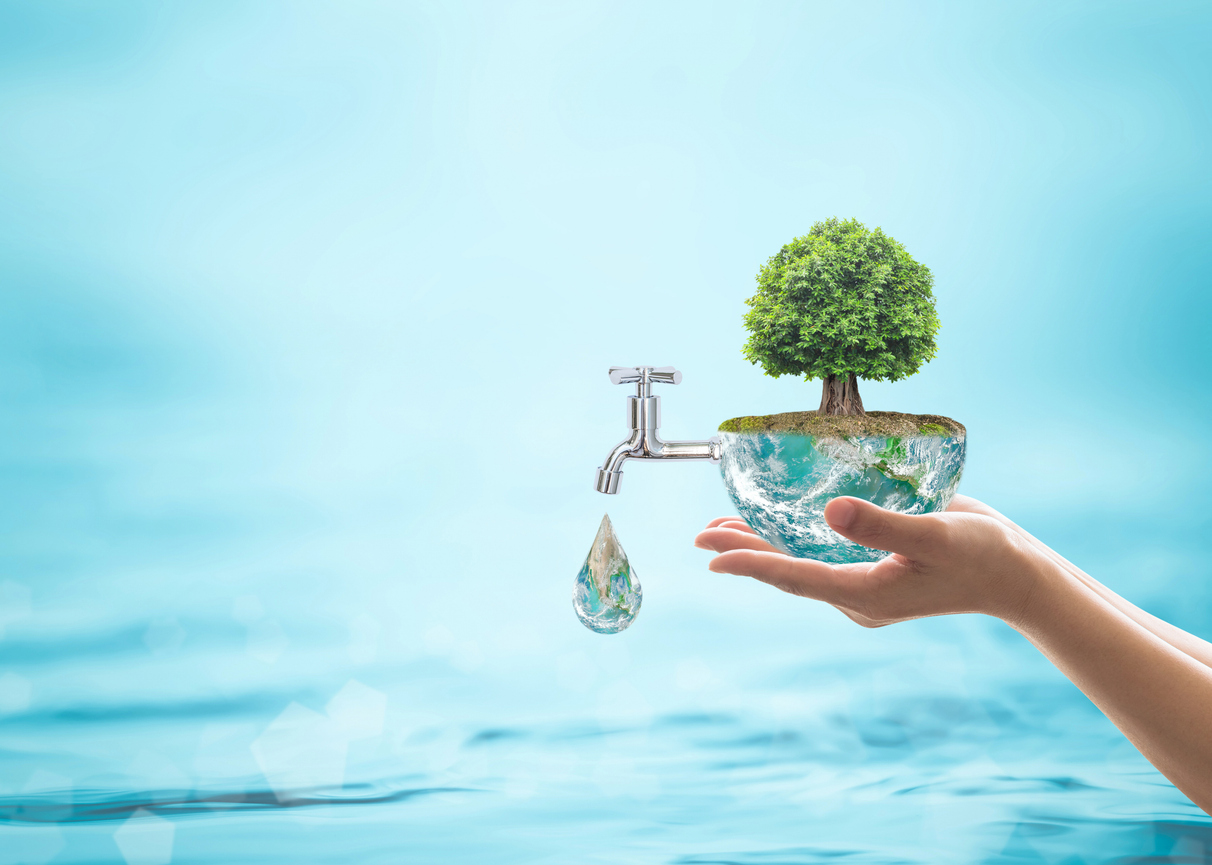
Water is an important useful resource for all times on Earth, but we face an escalating world water disaster. This disaster is a results of quite a few interconnected elements which have created vital challenges for water accessibility, high quality, and sustainability. Beneath, we delve into the ten main causes contributing to this world problem.
1. Local weather Change and Its Influence on Water Assets
Local weather change stands on the forefront of the worldwide water disaster. Alterations in climate patterns, intensified droughts, and unpredictable precipitation have drastically affected the provision of freshwater. Melting glaciers and lowered snowpack diminish water provides that many areas depend on, significantly in mountainous areas. As temperatures rise, evaporation charges enhance, additional depleting water sources.
2. Inhabitants Development and Urbanization
The world’s inhabitants continues to develop exponentially, exerting immense stress on present water sources. Urbanization compounds this problem as extra individuals migrate to cities, the place infrastructure typically lags behind inhabitants progress. This results in over-extraction of groundwater and rivers to fulfill the calls for of burgeoning city facilities.
Learn: Global Desalination Industry Research 2024: A Comprehensive Analysis
3. Agricultural Practices and Irrigation
Agriculture is the biggest client of freshwater globally, accounting for roughly 70% of water utilization. Inefficient irrigation practices and water-intensive crops exacerbate the issue. Over-irrigation not solely depletes water provides but additionally results in soil salinization, additional lowering arable land and making a vicious cycle of water demand and land degradation.
4. Industrial Air pollution
Industries the world over discharge pollution into water our bodies, contaminating freshwater sources. Poisonous chemical compounds, heavy metals, and different pollution from industrial processes can render water unsafe for human consumption and hurt aquatic ecosystems. This industrial air pollution poses a extreme menace to each floor water and groundwater high quality.
5. Poor Water Administration and Infrastructure
Many areas endure from insufficient water administration and outdated infrastructure. Leaking pipes, inefficient distribution methods, and lack of correct upkeep end in vital water losses. Creating nations, particularly, face challenges in implementing efficient water administration methods as a consequence of restricted monetary sources and technical experience.
6. Deforestation and Land Degradation
Deforestation and land degradation have profound results on the water cycle. Bushes play an important function in sustaining the water cycle by facilitating water infiltration and lowering runoff. The elimination of forests disrupts these processes, resulting in lowered groundwater recharge and elevated floor runoff, which may trigger erosion and water air pollution.
7. Political and Financial Elements
Water sources typically cross political boundaries, making their administration a posh problem. Disputes over transboundary water our bodies can escalate into conflicts, impeding collaborative efforts to deal with water shortage. Moreover, financial constraints restrict the power of many nations to spend money on mandatory water infrastructure and conservation tasks.
Learn: Global Water Crisis Fueling more conflicts, UN Report Warns
8. Overexploitation of Groundwater
Groundwater offers a vital supply of freshwater for a lot of areas, particularly in instances of drought. Nonetheless, overexploitation of groundwater has led to vital declines in water tables, leading to dry wells and land subsidence. The dearth of sustainable groundwater administration exacerbates water shortage and threatens long-term water safety.
9. Air pollution from Agricultural Runoff
Agricultural runoff, laden with fertilizers, pesticides, and animal waste, contaminates water our bodies, resulting in nutrient air pollution and eutrophication. This ends in dangerous algal blooms that deplete oxygen within the water, killing fish and different aquatic life. The presence of nitrates in ingesting water sources poses critical well being dangers to people.
10. Water Wastage and Inefficient Use
Water wastage and inefficient use contribute considerably to the worldwide water disaster. In each residential and business settings, water is commonly wasted as a consequence of neglect and lack of expertise. Easy measures resembling fixing leaks, putting in water-efficient fixtures, and adopting water-saving practices can considerably scale back water consumption.
Learn: Top 10 Reasons Why Purified Water Should Be Your Drink of Choice
Addressing the worldwide water disaster requires a multifaceted method. Listed below are some options:
- Water Conservation: Encourage environment friendly water use at particular person, group, and industrial ranges. Repair leaks, undertake water-saving applied sciences, and promote accountable consumption.
- Spend money on Infrastructure: Enhance water storage, remedy, and distribution methods. Restore and preserve present infrastructure to stop losses.
- Rainwater Harvesting: Gather rainwater for home and agricultural functions. Easy methods like rooftop rainwater harvesting could make a major impression.
- Wastewater Therapy: Spend money on superior treatment facilities to purify wastewater for reuse. This reduces the pressure on freshwater sources.
- Afforestation: Plant bushes and restore ecosystems to reinforce groundwater recharge and stop soil erosion.
- Schooling and Consciousness: Educate communities about water conservation, hygiene, and sustainable practices.
- Coverage Reforms: Governments ought to enact and implement water-related insurance policies, together with equitable distribution and air pollution management.
- Desalination: Discover desalination applied sciences to transform seawater into freshwater.
Conclusion
Addressing the worldwide water disaster requires a multifaceted method that features sustainable water administration practices, funding in infrastructure, and worldwide cooperation. It’s crucial to acknowledge the interconnectedness of the elements contributing to water shortage and implement complete methods to make sure the provision of fresh water for future generations. Conservation efforts, technological developments, and coverage reforms should all play a job in mitigating the impression of those causes and securing a sustainable water future.
Trending Merchandise











